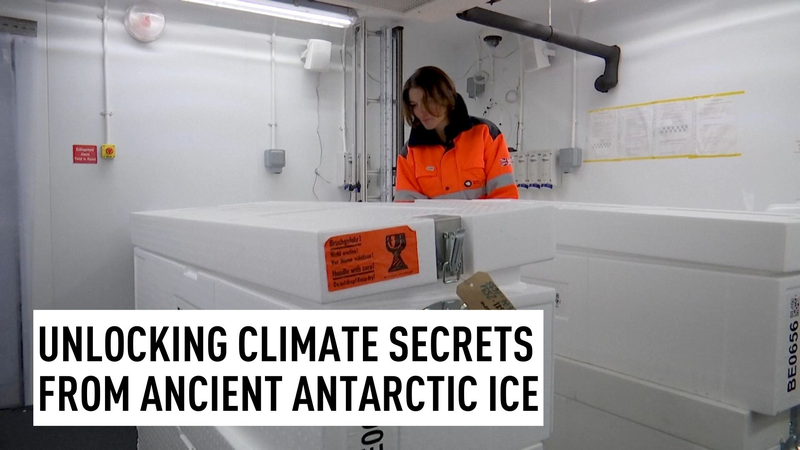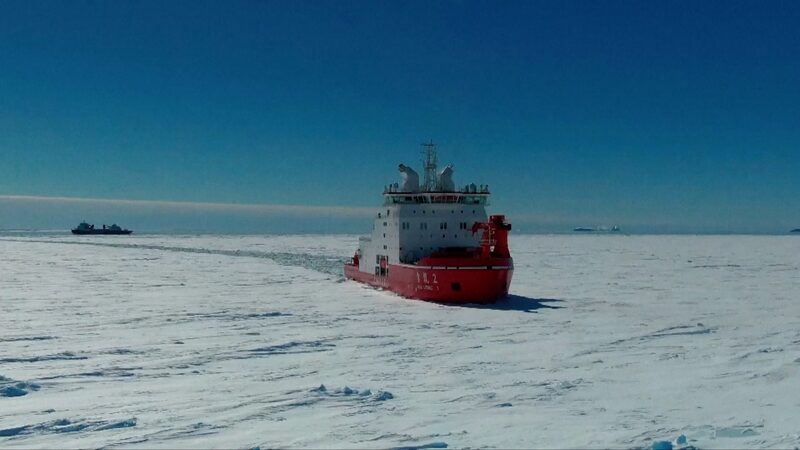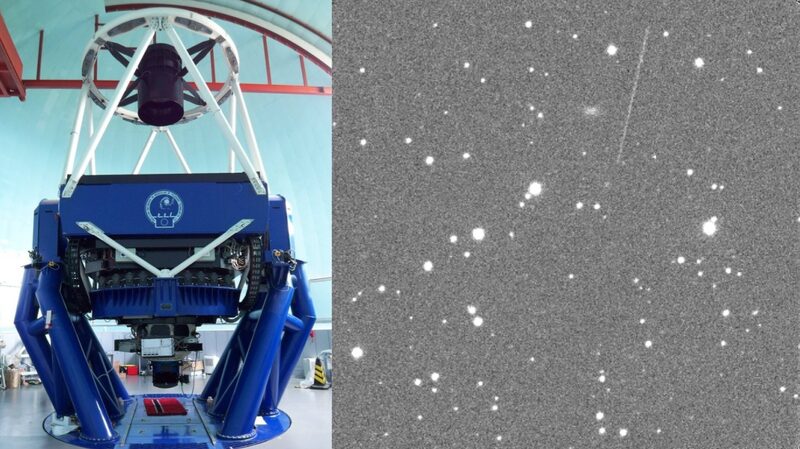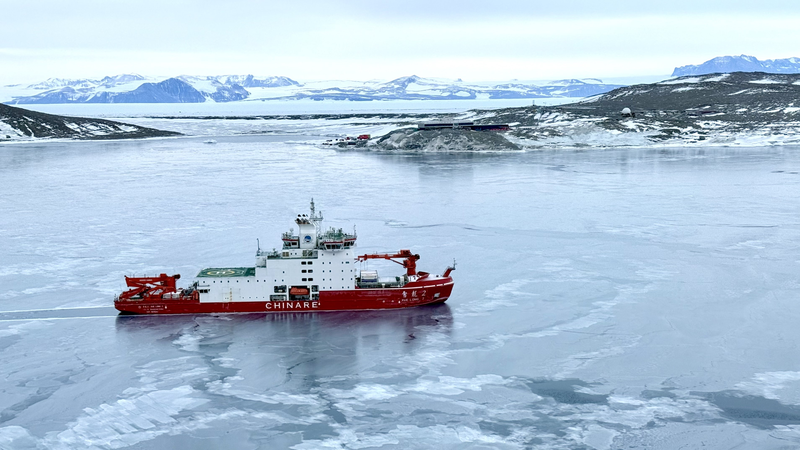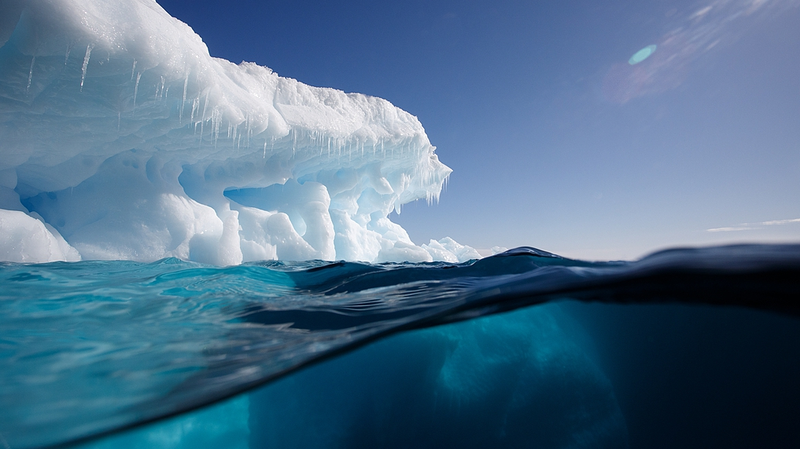In the frozen expanse of East Antarctica, a team of British scientists is rewriting Earth’s climate history—one ice core at a time. The British Antarctic Survey (BAS), renowned for its 1985 discovery of the ozone layer hole, has now retrieved ice samples dating back up to 1.5 million years, offering unprecedented insights into our planet’s climatic past.
A Race Against Time and Temperature
At Little Dome C, a remote field camp where temperatures plunge below -50°C, researchers from 10 European countries spent years drilling 2,800 meters into the ice sheet. Each 4.5-meter ice section took over two hours to extract, preserving delicate air bubbles trapped during the Pleistocene epoch—a time when early humans first harnessed fire.
From Antarctica to Cambridge’s Freezers
The 190 meters of ice shipped to BAS headquarters in Cambridge now sit at -25°C, meticulously cataloged into meter-long “time capsules.” These samples contain atmospheric snapshots that could reveal how Earth transitioned from 40,000-year ice age cycles to 100,000-year patterns—a shift still unexplained by modern climate models.
Why This Matters for Asia’s Future
For investors eyeing coastal infrastructure projects or governments planning climate resilience strategies, these findings may refine sea-level rise predictions. Researchers suggest understanding past “climate switch” mechanisms could help anticipate future tipping points in monsoon patterns and polar ice stability—critical factors for Asia’s 4.7 billion residents.
Reference(s):
British scientists seek the climate secrets of ancient Antarctic ice
cgtn.com
